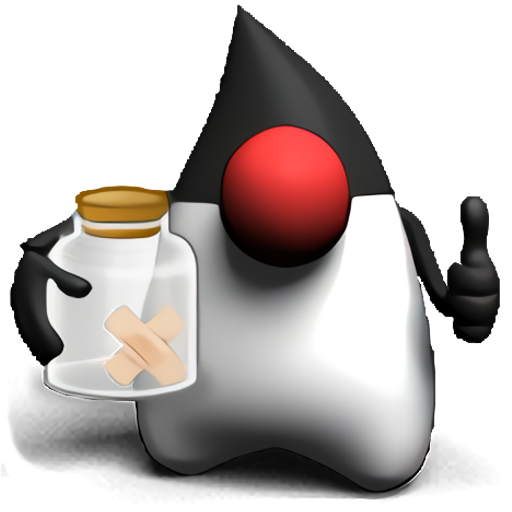
TeamSpeak 3 was designed with cutting edge hardware in mind. Preferred servers are now stored as bookmarks, similar to your favorite web browser. In addition, support for multiple audio devices and outputs over simultaneously connected servers is also available. In this way you can administer or participate in multiple TeamSpeak 3 Servers from a single interface. This can be controlled by using “tabs” similar to what is found in most web browsers. With TeamSpeak 3 you can now connect to multiple voice servers at once. Simply use your headset or 5.1/7.1 speakers to enjoy spatial sound.

This creates the illusion of a sound source being placed anywhere in three dimensional space, including behind, to the left of, to the right of, above, or below the listener. Besides the obvious improvements, TeamSpeak 3 comes with a fully integrated 3D sound support which allows spatial placement of sound effects and audio streams.

Also the latency has been significantly lowered compared to TeamSpeak 2 and other voice communication software solutions. Therefore the voice quality has been significantly improved through new codecs, advanced noise reduction and echo cancelation. TeamSpeak 3 is a complete rewrite in C++ and continues the legacy of the original TeamSpeak communication system previously offered in TeamSpeak Classic (1.5) and TeamSpeak 2. This means that the server product runs as a dedicated server, rather than peer-to-peer. TeamSpeak is created on a platform that offers a client-server architecture where client and server software is clearly separated. Extremely popular around the MMO gamers, TeamSpeak is a VOIP application suitable for voice communication via the Internet.


 0 kommentar(er)
0 kommentar(er)
